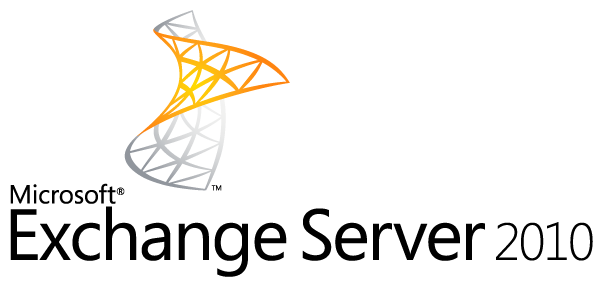
Exchange Server 2010 is the version of Microsoft’s messaging platform that replaced Exchange Server 2007. … Microsoft rebranded Outlook Web Access (OWA) as Outlook Web App with the release of Exchange Server 2010.
Exchange 2010 licensing
- Exchange 2010 Standard edition. Supports up to a total of 5 mailbox databases per server.
- Exchange 2010 Enterprise edition. Supports up to a total of 100 mailbox databases per server.
Hardware Requirements
Multiple Roles (combinations of Hub Transport, Client Access, and Mailbox Server Roles) — Minimum: 4GB Maximum: 64GB. Recommended: 8GB plus 2-4MB per mailbox. At least 1.2GB on the hard disk where Exchange Server 2010 will be installed. OS Windows Server 2003 or Windows Server 2008.
System Software Requirements
First, you need to make sure that your Active Directory (AD) environment and your Exchange server meet the minimum requirements:
- AD forest functional level is Windows Server 2003 (or higher)
- AD Schema Master is running Windows Server 2003 w/SP1 or later
- Full installation of Windows Server 2008 w/SP2 or later OR Windows Server 2008 R2 for the Exchange server itself
- Exchange server is joined to the domain (except for the Edge Transport server role)
Associated Server Roles
There are 5 associated server roles you can install in single or multi servers.
| 1 | CAS | Client Access | OWA / POP / IMAP / Active sing / Outlook any way ware |
| 2 | HUB | Hub Transport | Mail Sending & Receiving |
| 3 | MB | Mailbox | Store Mail Box / Public folder / Calendrer / Contacts |
| 4 | ET | Edge Transport | Antispam / Fair-wall filtering |
| 5 | UMS | Unified Messaging Service | Voicemail PBX |
New Features of Microsoft Exchange 2010
- Multi-mailbox search: Beneficial to the e-discovery process, Exchange 2010 users can perform searches across multiple users’ mailboxes.
- Database availability groups (DAG): These groups allow you to designate multiple servers to host copies of individual databases, which are no longer server-specific.
- Voice mail transcription: In addition to receiving a voice mail message as an email attachment (circa Exchange 2007), Exchange 2010 users will also receive their voice mails in text form via the use of a speech recognition program.
- Personal mail archive: Each user can have two mailboxes – one primary and one archived. This allows users to keep their primary mailboxes organized and uncluttered.
- Database-level failover: With Exchange 2010, failures will only affect single databases, as opposed to entire servers containing multiple databases.
Exchange 2010 end of support
When Exchange 2010 reaches its end of support on January 14, 2020, Microsoft will no longer provide: Technical support for problems that may occur. Bug fixes for issues that are discovered and that may impact the stability and usability of the server.